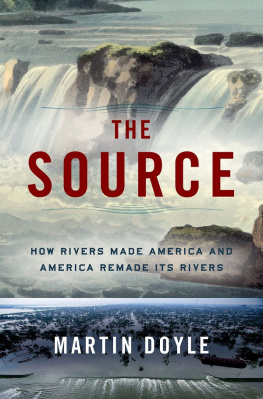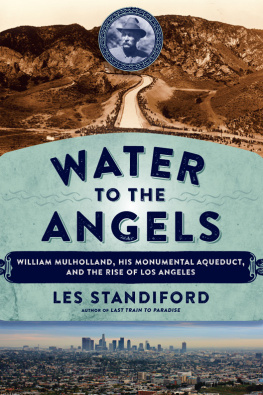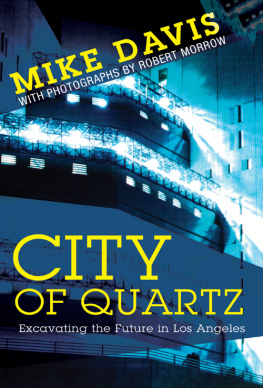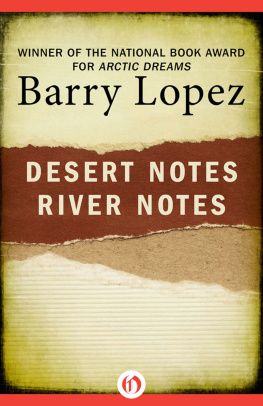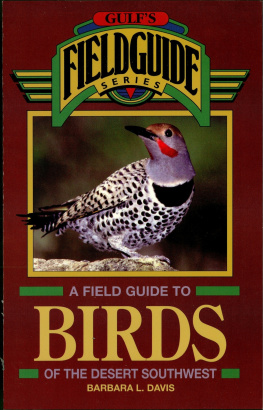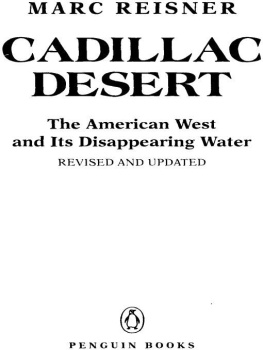For Dr. Brian Young Mclean
Acknowledgments
William Mulhollands office files during his tenure as Chief Engineer and General Manager are part of the collections of the Los Angeles Department of Water and Powers Historical Records Program. The correspondence and other papers proved invaluable in chronicling the career of William Mulholland. I am especially indebted to Dr. Paul Soifer, project manager for the Historical Records Program, and consulting archivist Thomas Connors, both of the Bancroft Group, for their generous assistance.
Many people have made this book possible. I am deeply grateful to Joyce Purcell, Senior Librarian, Los Angeles Department of Water and Power, Craig G. St. Clair, company historian for the Los Angeles Times,Charles Johnson of the Ventura County Museum of History and Art, Kathy Barnes of the Eastern California Museum, and Thomas M. Coyle of the Los Angeles County Medical Association Library. I also thank the librarians at the University of California, Berkeley, Water Resources Center Archives, the Henry Huntington Library, the Moses H. Sherman Foundation, and the University of California, Los Angeles, Special Collections.
Special thanks to Jim Allen, Karen Chappelle,Michael Dougherty, Sandy Ferguson, Bob Feinberg, Jeffrey Forer, Louise Fraboni, Lee Harris, Burt Kennedy, Shelly Lowenkopf, Keith Lehrer, Steve Paymer, Roger S. Roney, Robin Shapiro, Rick Solomon, Richard Somers, Jean Stine, Paul Ward, David Williams, and Digby Wolfe.
Enough appreciation cannot be expressed to Catherine Davis and James H. Davis, Noel Riley Fitch, Dr. James Ragan, Susan Vaughn, and the late Tommy Thompson.
My heartfelt thanks are due my editor, Scott Waxman, and literary agent, Richard Curtis. Finally, I am especially indebted to Larry Ashmead at HarperCollins, who graciously gave his support to this biography.
MARGARET LESLIE DAVIS
Brentwood, CaliforniaFebruary 1993
Prologue
IT WAS JULY 26, 1935. Tens of thousands came to the Los Angeles City Hall to pay their respects to William Mulholland. Scores of black limousines circled the streets as mourners lined the sidewalks waiting to bid farewell to the retired chief engineer of the Los Angeles Department of Water and Power. At exactly 10:00 A.M., City Halls huge bronze doors swung wide, and the waiting crowd streamed inside the buildings massive, four-story rotunda.
Elaborate funeral wreaths of chrysanthemums, gladioli, and red and white roses surrounded the body, which lay in a flag-draped, blue steel coffin. Gifts, hand-written notes, personal tributes, framed photographs, mementos, and garden bouquets had been lovingly placed beside his funeral bier; a myrtle wreath from President Franklin D. Roosevelt and a hand-penned note of condolence from former President Herbert Hoover were among the offerings.
City officials, celebrities, working men, and families silently queued toward Mulhollands coffin. Among the mourners were publisher Harry Chandler, banker Joseph Sartori, philanthropist George L. Eastman, humorist Will Rogers, University Chancellor Ernest C. Moore, six United States senators, four state governors, scientists, millionaires, engineering associates, and men who had worked with him in the tunnels and in the field.
As mourners passed the open casket, they stopped briefly to stare at the waxen features of The Chief, now finally at peace in death. Some placed tokens and gifts inside his coffin or near the pyre. Others gently touched the brow of their beloved Chief, or whispered a prayer, then awkwardly moved on.
Meanwhile, throughout the city, eulogies praised William Mulholland for his honesty, modesty, valor, intellect, humanity, and, above all, his spectacular achievements for the city of Los Angeles. At 2:00 P.M., for ten minutes, two million residents of Los Angeles halted commerce to pay homage. Flags at all schools and public buildings were lowered to half-mast. Water in the Los Angeles Aqueduct was stopped for one minute as it flowed from the river in the Owens Valley. One thousand miles across the desert, ten thousand men working on the Colorado River Aqueduct paused with reverence to stand bareheaded, their steam shovels, drills, and tractors silenced in tribute.
We are a forgetful generation, declared Los Angeles Mayor Frank L. Shaw, but pray God that this community will never forget the everlasting debt of gratitude it owes this human diamond. His like we may never see again.
IT HAS BEEN SAID of heroes that for every devoted admirer won on the precarious climb to glory, two enemies are incurred. William Mulholland was no exception. Coupled with the outpouring of tribute was enough hatred, both within the city of Los Angeles and in Owens Valley, 250 miles to the north, to prove he had labored and struggled in the world. There had been many among the mourning crowd who had come not to revere but to damn; some even blamed him for the violent deaths of their kin.
They, too, had left gifts among the tribute offerings. Placed inconspicuously amid the rose petals of a huge funeral wreath draped across the foot of Mulhollands casket was a small glass vial tied with a ragged fragment of red cotton, now faded and stained. Many would have recognized it as a commemorative from the opening of the Los Angeles Aqueduct. The tiny vial had been saved all those years by someone who had been in the crowd that day. When opened, the vial emitted the unmistakable, acrid odor of urine.
Yet even this dismaying commentary was lost amid the tributes and praise. Like Moses, William Mulholland had gone to the mountain and had brought back lifein the form of waterto a city dying of thirst. He transformed a land that could not support 250,000 souls into a flourishing oasis harboring millions.
ONCE THE PROCESSION at City Hall ended and the last bereaved were gone, the bronze doors of City Hall were closed. Now William Mulholland would be transported to his eternal place of rest, a mausoleum situated upon a sunlit rise overlooking the city for which he had accomplished and sacrificed so much.
Requiescat in pace great dreamer, great builder,
great friend of our fair and prospering city.
Genesis
The good works of some are
manifest beforehand.
1 TIM 5:25
WILLIAM MULHOLLAND and Fred Eaton set out for the Owens Valley from Los Angeles on September 4, 1904, in a two-horse buckboard. Their trek to Inyo County would take five grueling days, and the two friends decided to camp out along the way, living on a miners diet of bacon, beans, and hard liquor. They later joked that their route could be easily traced by following the trail of empty whiskey bottlesdead soldiersleft in their wake.
The first twenty-five miles out of Los Angeles were uneventful. Eaton managed to negotiate the buckboard through the familiar dry washes of the Big and Little Tujunga Rivers without difficulty. The going got rough when they reached the notorious Newhall Grade where the narrow, unpaved road climbed forty-two degrees. The adventurers, one the chief of the Los Angeles Water Department and the other a former mayor, had to unload three weeks supply of food, water, horse feed, and bedding and push the buckboard behind the horses to get to the top, then trudge back down the grade to retrieve the supplies.


